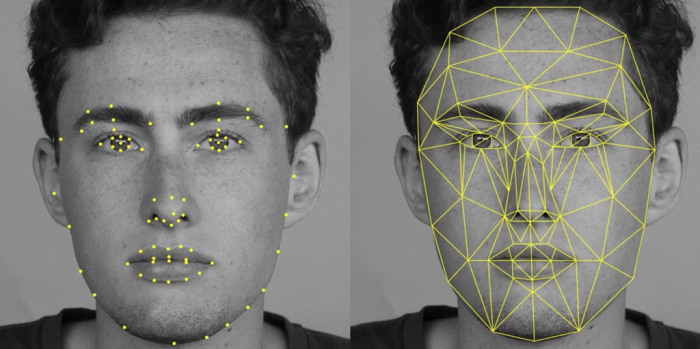Washington State passes landmark facial recognition safeguards law pushed by Microsoft
2 min. read
Published on
Read our disclosure page to find out how can you help Windows Report sustain the editorial team Read more

Washington State has officially adopted a Microsoft supported law that includes the most detailed regulations of facial recognition in the United States, and represents a model for other states to use as the use of facial recognition grows.
The law was officially passed on March 12th and was signed into law today by Washington State Governor Jay Inslee. With this new law, government agencies can use facial recognition technologies but with significant restrictions to ensure that the new technology isn’t deployed for mass surveillance purposes or tracking of citizens.
As a technology, facial recognition can identify individuals in photos, videos, or live cameras using existing databases that contain known subjects. For obvious reasons, the technology is popular with law enforcement and businesses by being able to identify a person using nothing more than facial features, or using what’s known as “Biometric Artificial Intelligence,” to identify a person based on the shape, facial features or movements of an individual. However, many people are already pushing for a ban on the technology due to the potential that the potential invasion of privacy for individuals who are not engaged with a business or are not aware of being monitored by law enforcement.
With Microsoft‘s support, and in support of their own facial recognition services, the new law takes a big step forward in attempting to protect Washingtonians to ensure agencies and businesses can deploy facial recognition as a tool that works for the benefit of the public. For example, facial recognition could be used during Amber or silver alerts and could be used to find a missing person. The new law requires agencies to obtain a warrant to run facial recognition scans (for non-emergency situations) and must be tested to ensure there are no unfair performance differences based on skin tone and age.
While there will continue to be broad discussions on the merits of the technology, and how best to use/deploy it, its good to see some progress that ensures that rather than just straight banning a technology that has the potential to do good things, Washington and Microsoft are taking a more pragmatic approach and that further reviews and recommendations will happen at the government level.








